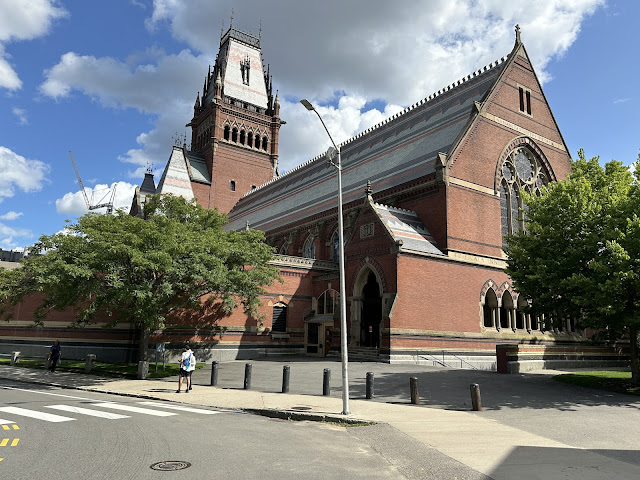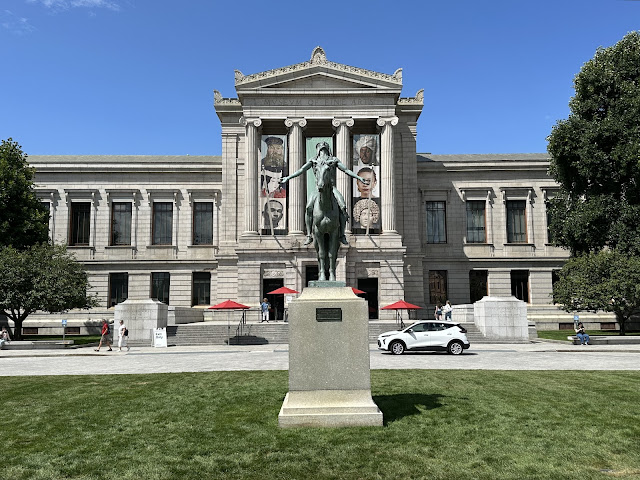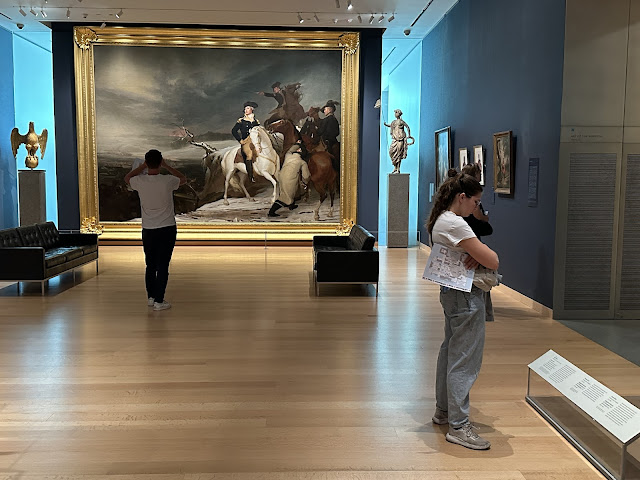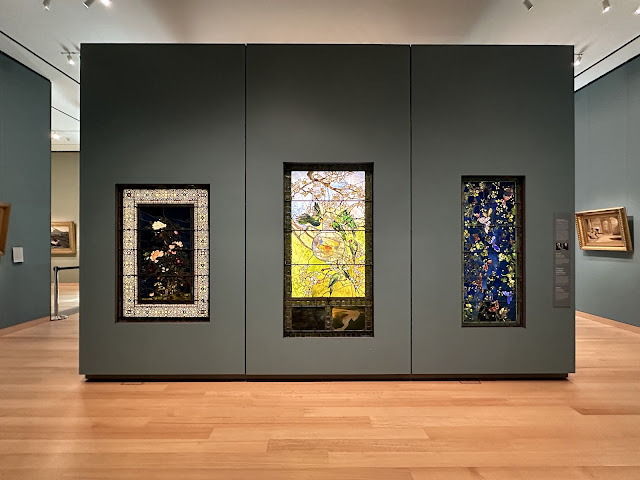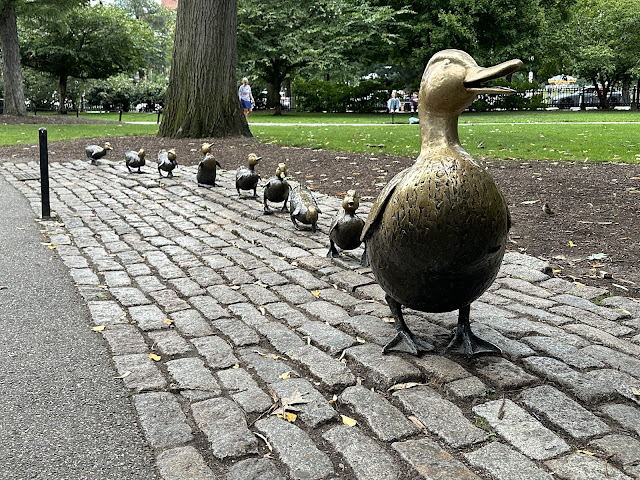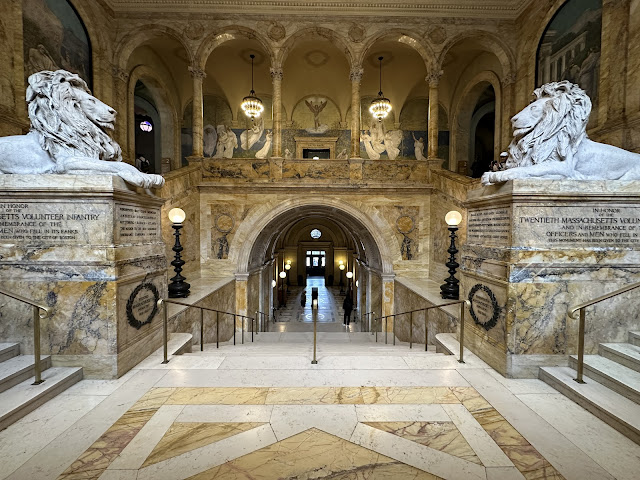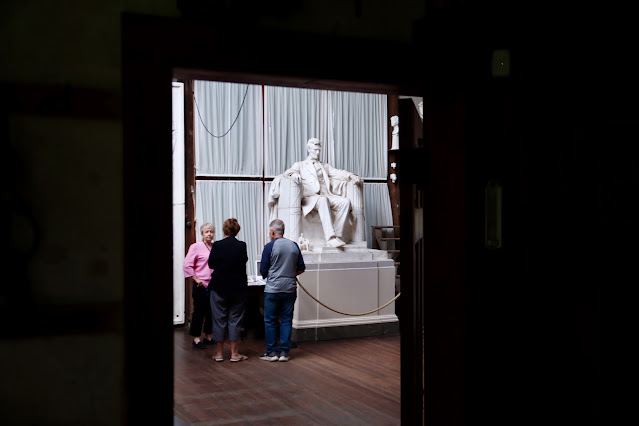So long as I was at Harvard, I went to see the glass flowers at the university's Museum of Natural History.
A snowbird shows photos from southwest Florida (Naples) and southwest Connecticut (Ridgefield) and New England and other places he goes.
Saturday, August 31, 2024
Glass Flowers
Friday, August 30, 2024
Harvard
I first visited the Harvard Yard a million years ago, when I was a junior in high school. There was graffiti and trash everywhere. Horns honked and motorcycles revved their engines loudly in nearby Harvard Square. Students trudged past, alone and with unhappy blank looks. I decided to go elsewhere.
Thursday, August 29, 2024
Museum of Fine Arts
I rarely visit Boston without visiting the Museum of Fine Arts.
Cyrus Dallin’s majestic 1912 sculpture, Appeal to the Great Spirit, stands at the museum's Huntington Avenue entrance. I'm kind of tired of modern critics complaining about historic statues that don't embody the values the critics would want if the sculptures were crafted today.
I saw Edgar Degas' Little Dancer at the MFA, as I did at the Clark Art Institute a few days earlier.
Wednesday, August 28, 2024
Boston Common and the Public Gardens
Augustus Saint-Gaudens' wonderful bas relief bronze sculpture of Robert Gould Shaw, a white officer from Boston, leading the 54th Regiment of Black volunteers in the Civil War, is at the northeast corner of Boston Common, facing the Massachusetts State House.
Tuesday, August 27, 2024
Boston Public Library
In 1887 the prestigious New York firm of McKim, Mead, and White was chosen to design Boston's new library. In 1888, Charles Follen McKim proposed a Renaissance style design based on the Bibliothèque Ste-Geneviève in Paris. The trustees of the library approved, and construction commenced.
The library is in Back Bay on Copley Square, the prominent corner of Boylston Street and Dartmouth Street, opposite Richardson's Trinity Church.
Two allegorical statues by Bela Pratt were installed in 1912 and frame the entrance to the library, representing Science (above, holding a globe) and Art (holding a palette and brush).
Augustus Saint-Gaudens and Sculptor Domingo Mora carved the head of Minerva, goddess of wisdom, below the library’s motto: FREE TO ALL.
Artist John Singer Sargent spent 29 years of his career adorning this hall on the third floor of the McKim Building between 1890 and 1919. Sargent's theme, Triumph of Religion, incorporates a broad range of moments and iconography from early Egyptian and Assyrian belief systems, Judaism, and Christianity.
Monday, August 26, 2024
Trinity Church, Boston
Sunday, August 25, 2024
Chesterwood
Daniel Chester French spent his summers painting and sculpting at Chesterwood, his Stockbridge home.











